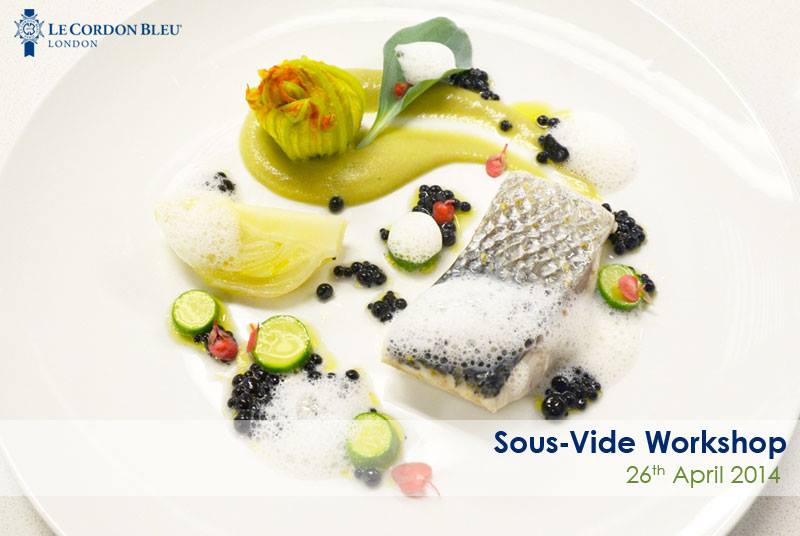Sous-vide is a cooking technology that is very popular abroad, although for some reason we talk about it much less than we do about molecular gastronomy. Perhaps not everyone understands how to pronounce these foreign words? They are pronounced "sous vide" and translated from French mean "in a vacuum", which describes the technology quite accurately.
The essence of the method is very simple: the products are packed in a special plastic bag, from which air is pumped out, and then cooked in water, the temperature of which usually does not exceed 70 degrees. As a result, several goals are achieved at once:
During cooking, the packet retains all the flavours and aromas that would normally be lost in the process.
Low-temperature cooking does not destroy the cell membranes, which means that such dishes are much juicier.
When baking, for example, meat, you are unlikely to set the temperature below 180 degrees, although 55-65 for beef and lamb and no more than 80 for pork are sufficient for doneness. When cooking sous vide, the temperature inside and outside will be the same, nothing will dry out or burn.
When it comes to those cuts of meat that are usually boiled or stewed, the right temperature allows muscle collagen to turn into gelatin, preventing protein denaturation, which is what makes meat tough and dry.
On the contrary, vegetables subjected to this method retain a fresh, crispy texture, which is more difficult to achieve with conventional cooking.
To summarise the above, we get the perfect taste, perfect aroma and perfect texture of the finished dish. And Steriflow autoclaves will help you achieve positive results in the production of ready-to-eat meals in industrial environments.

